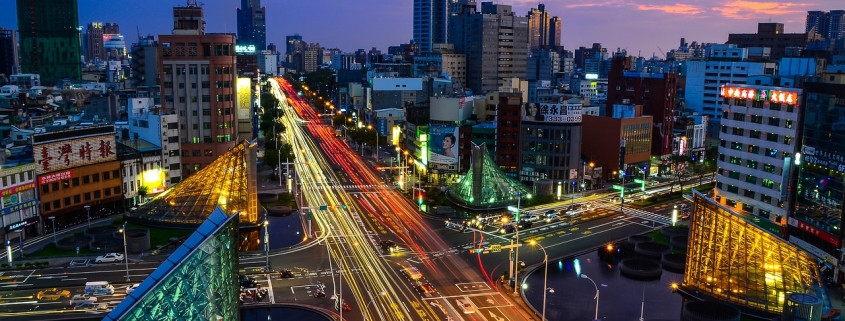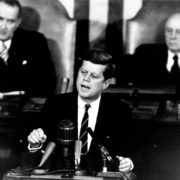What caused the Taiwan economic miracle?
What is the Taiwanese economic miracle?
Taiwan’s phenomenal economic transformation has been examined thoroughly by academics. Some argue that the economic miracle was attributed to internal factors, particularly the role of the government in spearheading heavy industrialization. In contrast, others believe that Taiwan’s meteoric rise in international markets was due to international developments, such the role of the USA in providing loans and access to foreign technology. Generally, both perspectives are valid and indeed contributed to the economic development of Taiwan.
Topic of Study [For H2 History Students]:
Paper 1: Understanding the Global Economy (1945-2000)
Section B: Essay Writing
Theme II Chapter 3: Rise of Asian Tigers from 1970s to 1990s [South Korea and Taiwan]
In the next section, we will examine the key contributing factors that led to the economic miracle of Taiwan, especially the government and private enterprises.
1. [Government] Import-substitution Industrialization
From the 1950s, the Taiwanese government engaged in import-substitution industrialization (ISI) to develop the manufacturing sector. Apart from the focus on restoring pre-war levels of production in the agricultural sector, the government insulated domestic firms from foreign competition, thereby enabling the production of textiles, plastics and plywood.
For example, in the textile industry, the government imposed tariffs and quotas on the imports of yarn. Additionally, the government improved access to credit, thus allowing firms to purchase capital. A limit of new entrants was imposed to prevent excessive competition from undermining the growth of local textile firms.
As a result, their efforts provided successful as Taiwan became a major textile exporter in the 1950s. The export of textiles increased twofold in the same time period. In fact, Taiwan was so successful that USA engaged in protectionism in 1961.
2. [Government] Export-oriented Industrialization
Over time, the government recognized the economic potential of export-led growth and pursued an outward strategy. This was known as export-oriented industrialization (EOI), which aligned with the trend of economic liberalization.
One of the many areas of focus was the provision of incentives to encourage export promotion. For example, a concessional export credit scheme was introduced. Also, the government devalued the exchange rate to raise export competitiveness.
Besides, the government pursued an indirect approach by nurturing the growth of small and medium enterprises (SMEs) in Taiwan. By having a sizable pool of SMEs, the government can benefit from an additional dimension of trade-led growth. For instance, the SME Development Fund was set up to grant financial assistance to the private enterprises. Firms were also granted access to foreign technology and manpower training.
As a result, SMEs dominated the domestic markets. In contrast to South Korea, in which the chaebols (large family-dominated conglomerates) occupied major shares of the economy, Taiwan was backed by numerous SMEs. By 1994, nearly 98% of Taiwan’s manufacturers were SMEs. Furthermore, SMEs were key producers that provided nearly half of the total production in the late 1970s and early 1980s.
3. [Private Enterprises] Greater emphasis on export promotion
Eventually, as SMEs grew and expanded in size, the government continued to play a vital role in supporting these private enterprises that became internationally competitive. Although many industrialized countries like Taiwan and South Korea were hit by the Crisis Decades, the SMES were able to endure these external shocks through continual state support.
For instance, the oil shocks in the 1970s eroded export competitiveness for Taiwanese manufacturers. In response, the government formulated a new plan in the mid-1970s to engage in economic restructuring. As such, Taiwan ventured into quality-driven exports, such as petrochemicals and electronics.
The government oversaw the transition from a labour-intensive to capital-intensive production by establishing the Industrial Technology Research Institute (ITRI) in 1973. The ITRI specialised in R&D. In 1987, the Taiwan Semiconductor Manufacturing Company (TSMC) was formed as a result of ITRI.
4. [USA] External support to enhance capital-intensive production
The private enterprises were also supported by the USA, which capitalized on the low-cost base and pro-liberalization policies of the government to set up firms in Taiwan. The entry of American MNCs (e.g. Taiwan) proved beneficial for Taiwan as it led to the influx of foreign direct investment (major source of growth) and foreign technology (raised quality of production).
What can we learn from this case study?
Consider the following question to understand this issue:
– How far do you agree that the economic transformation of Taiwan was the result of government intervention? [to be discussed in class]
After you have examined this case study to understand the importance of the above-mentioned factors in contributing to the growth of the Taiwanese economy from the 1970s to the 1990s, you should apply your knowledge to the essay questions. It is important that you review your learning through an application-oriented approach. You can consider joining our JC History Tuition and learn how to condense your content revision in a more productive way, such that you can answer both essay and source-based case study questions effectively.
The H2 and H1 History Tuition feature online discussion and writing practices to enhance your knowledge application skills. Get useful study notes and clarify your doubts on the subject with the tutor. You can also follow our Telegram Channel to get useful updates.
We have other JC tuition classes, such as JC Math Tuition and JC Chemistry Tuition. For Secondary Tuition, we provide Secondary English Tuition, Secondary Math tuition, Secondary Chemistry Tuition, Social Studies Tuition, Geography, History Tuition and Secondary Economics Tuition. For Primary Tuition, we have Primary English, Math and Science Tuition. Call 9658 5789 to find out more.











